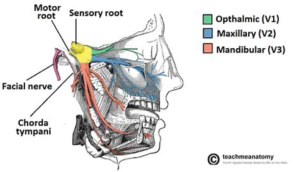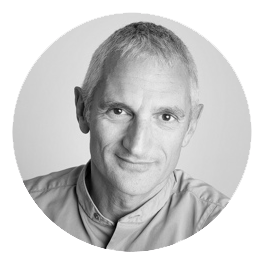Osteopathy has long been used to treat back pain. But for years, evidence of its effectiveness has been limited – until now that is.
According to the British Medical Journal (BMJ), there is now “promising evidence” that osteopathy may relieve musculoskeletal pain. The review, published in the BMJ, saw researchers asses the safety and effectiveness of osteopathy for backpain. To do so, they trawled through nine systematic reviews and meta analyses conducted between 2013 and 2020. These involved 55 primary trials and 3740 participants.
The result?
Researchers concluded: “This overview suggests that [osteopathy] could be effective in the management of musculoskeletal disorders, specifically with regard to [chronic non-specific low back pain] and [low back pain] in pregnant women or [those who have just had a baby].”
Over the past 25 years, Osteopath Robin Kiashek, has treated hundreds of clients for backpain.
He said: “I’ve been working in this field for a long time. I’ve seen first-hand the many benefits osteopathy can bring for those suffering with this often debilitating musculoskeletal problem.
“It’s promising to see researchers back up what many Osteopaths already knew – and further confirm that Osteopathy can help aid back pain.”
How can Osteopathy help back pain?
Unfortunately, back pain affects up to 80% of us at some point in our lives. It’s one of the most common reasons for workplace absence and the NHS spends more than £1 billion per year on back pain related costs.
But here’s the good news. At the Robin Kiashek Clinics, we aim to relieve pain and help strengthen the body, making it less susceptible to discomfort or injury. Robin also tries to understand the lifestyle factors which may have contributed to the onset of pain.
“My range of gentle and effective treatments to relieve back pain includes manual Osteopathy, Western Acupuncture and Low-Level Laser Therapy,” Robin says. “Through these non-invasive methods and by working closely with your lifestyle, I can help minimise or even resolve symptoms and improve your overall health.”
And there’s back pain testimonials to prove this
Dr Nick Losseff, Consultant Neurologist, said: “As a medic I am luckily privy to insider knowledge on who the very best osteopaths are, which is how I got to see Robin. He resurrected my back after three months of agony and being unable to even sit down. His approach is totally holistic and perhaps most importantly he has taught me how to avoid future problems successfully. I recommend all my back pain patients to Robin. He is a really great guy!”.
In fact that Dr Losseff also recently brought Robin onboard as part of a team assessing a complex, high profile case.
Another Consultant Neurologist, Dr Paul Jarman, said: “Robin Kiashek is my ‘go-to’ osteopath for my complex patients with neck and back problems. He combines excellent clinical care, effective treatment and a friendly approachable manner. He always communicates well with patients and the referring specialist. I would strongly recommend him to anyone in search of a first-class osteopath.”
While a third patient said: “I went to see Robin in his East Finchley “The Twyford Practice” with a bad lower back pain that left me unable even to walk properly. Robin was extremely professional and highly knowledgeable, with a friendly conversational manner that helped to put myself at ease at a time when I was suffering from quite a lot of pain. He an excellent osteopath and a very nice person. Robin also treated me with an acupuncture and low level laser therapy, which helped a lot for my recovery. I would highly recommend Robin without hesitation.”
If you’re living with back pain, don’t hesitate to get in touch.


